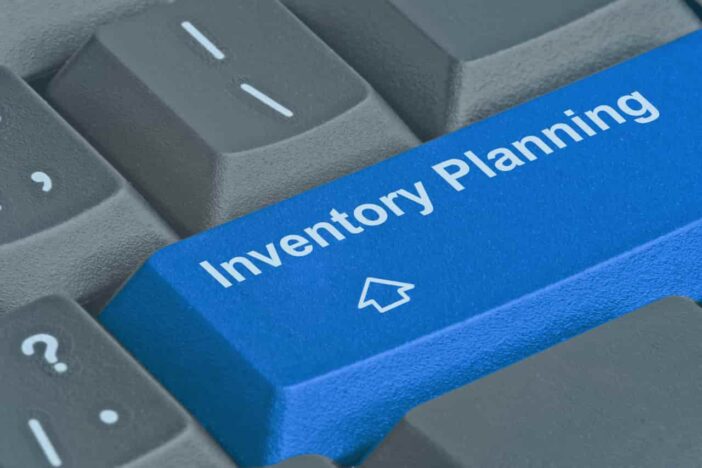Storing inventory costs money. Business owners get upset with items gathering dust on shelves and staying in the store for a long time. Running out of stock means customers fail to get the products they need.
Finding a balance between stocking up products in demand and reducing slow-moving inventory is essential for business growth. This article describes how companies can manage stocks and make higher profits.
Determining Demand
Consumer demand determines the amount of inventory your business requires. Historical sales data will show the purchasing patterns of consumers. If you’re selling thirty-2 liter bottles of cooking oil per day, a good stock plan should meet the customer demand daily and reduce cases of excess inventory.
Business owners may keep select products in inventory despite low or irregular demand. Keeping products that are hard to acquire quickly is a good decision. Also, ordering products in a hurry costs more. Compare the costs of maintaining the goods and the profit margins to make informed decisions.
Tracking Inventory
Inventory planning can only thrive when businesses can track their stock. For an inventory system to succeed, tracking mechanisms should be top-notch. Catalog your company’s stock and check changes on time. Point-of-sale software will help with tracking inventory.
Small businesses using ingredients to form an inventory base find tracking stocks hard, but it’s essential. You can document the ingredients which go into the finished cabinet or dish and deplete ingredients from the store after placing an order with a customer.
Replenishment Inventory Plan
Inventory planning and control rely on sound management of the supply chain. Factors to consider when planning for inventory replenishment include;
- The period between ordering and receiving an inventory
- The potential difficulties in ordering stock
- Possible reordering points
An effective inventory system works best knowing that you’ll receive stock quickly.
For the products, you regularly require, set a replenishment plan. The plan can range from the daily delivery of perishable products to monthly shipping of other items. You can also develop replenishment options for varying stock needs and their cost can increase.
Analyzing Supplier Performance
Unreliable suppliers will cause problems in inventory planning and control. Take action on suppliers who deliver inventory late or run out of stock regularly. You can discuss with your supplier to find out what the problem might be. If the problem persists, switch suppliers. Running out of stock due to unreliable suppliers shouldn’t be tolerated.
📖 More similar articles
Investing in Inventory Management Systems
If your business is small, manually managing inventory with notepads and spreadsheets is possible. But as the business grows, more time is required to plan your inventory. The odds of running out of stock are high.
Good inventory management software will make the task easier. Before choosing software, understand your company’s needs. Technology should provide easy-to-use analytics that is relevant to your business.
Good management of inventory plans will ensure your business doesn’t run out of stock. You can lose customers if they fail to get the goods they need. Avoid losses emanating from poor stock planning by tracking inventory, determining sales, and firing unreliable suppliers.



